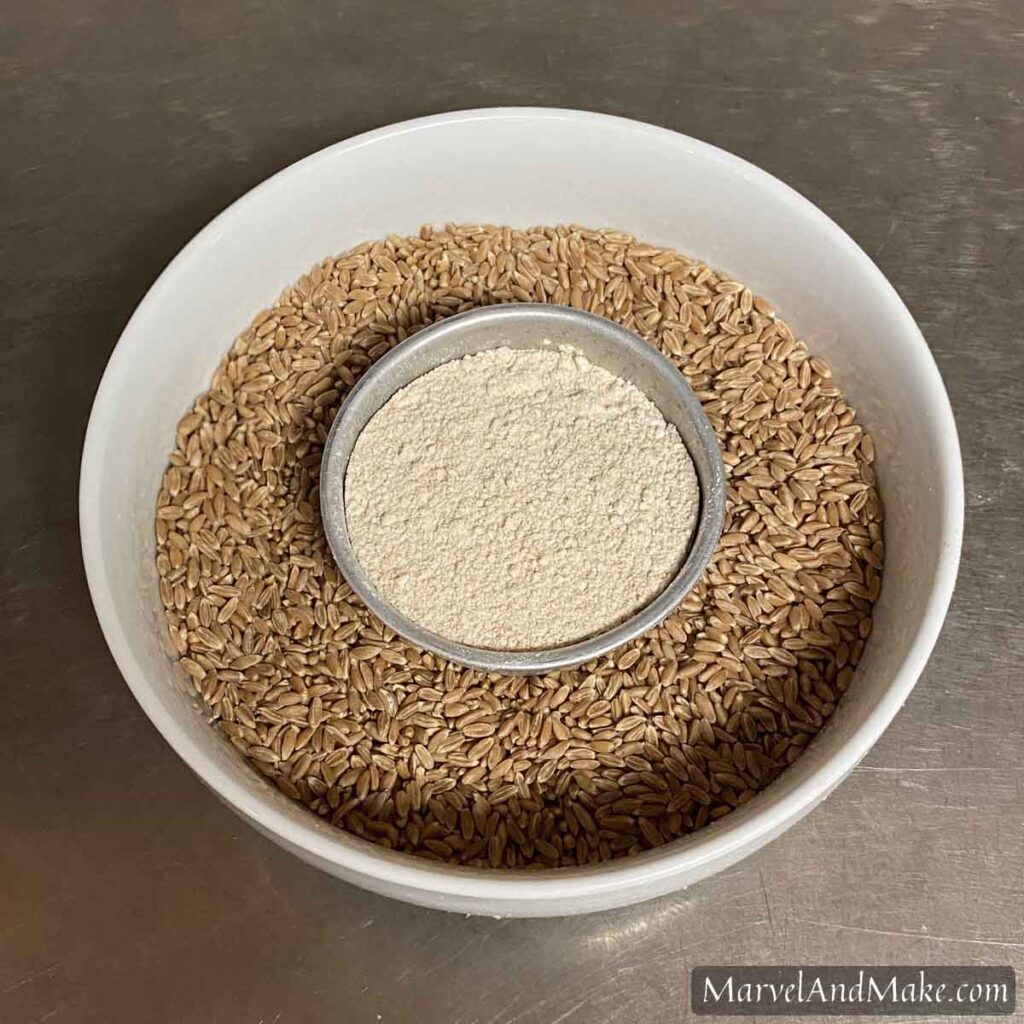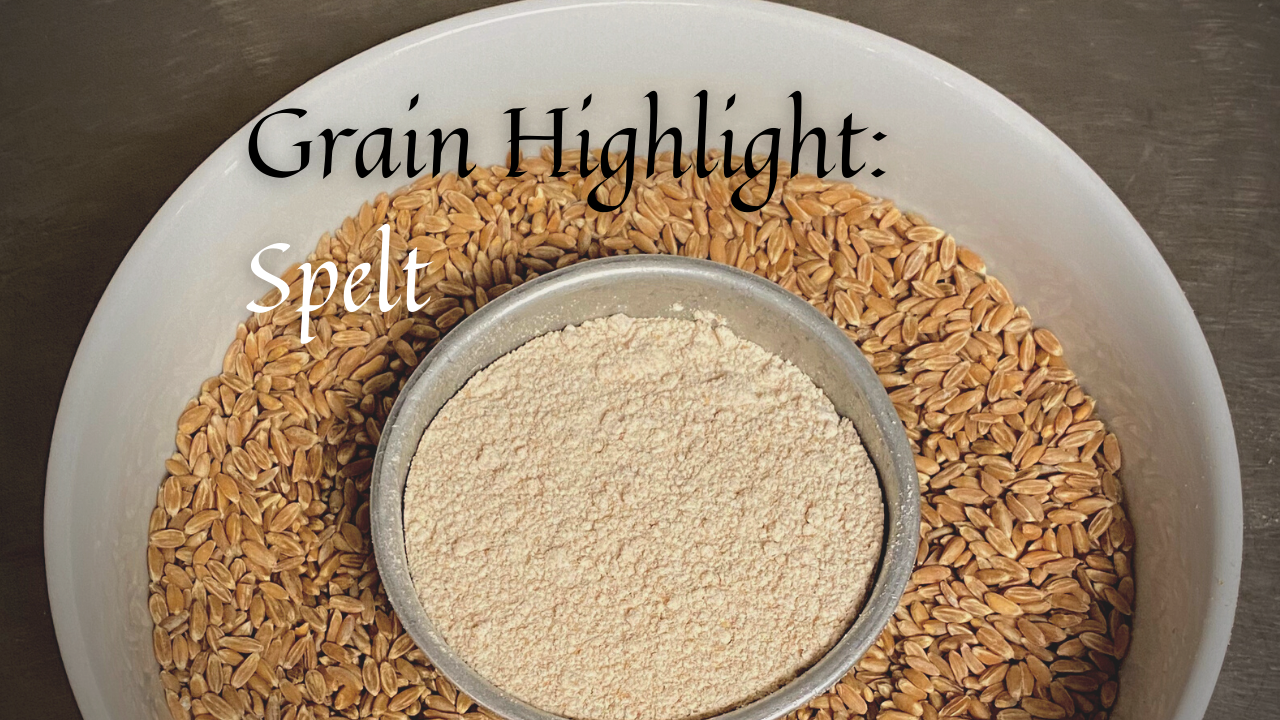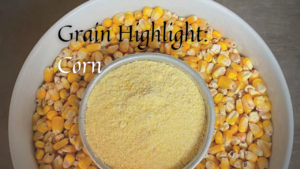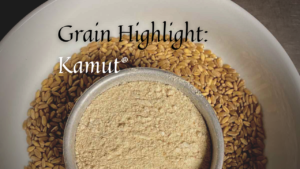This post may contain affiliate links. Read my full disclosure here.
As an Amazon Associate I earn from qualifying purchases.
Spelt is easily my favorite grain. I use it for so many things because it has an inherently sweet, nutty profile. It’s mild enough that when it’s mixed with various ingredients, it highlights the other flavors extremely well.
If you are new to milling grains at home (or purchasing FRESHLY milled grains by someone local to you), I suggest you read my post: Homemade Flour from Whole Grains. It will answer many questions that may arise after reading this.
Spelt is an ancient grain with a low gluten content, similar to Soft Wheat. It’s lovely in pancakes, cobblers, quick breads, pizza crusts, and even yeast breads. Spelt is more water soluble than traditional wheat, so when substituting spelt in recipes, use just a touch less liquid or a bit more flour.

Is Spelt gluten free?
No, Spelt is not gluten free. However, people who cannot typically tolerate wheat because of gluten can oftentimes still handle Spelt. This is because there are a few different types of proteins that make up gluten and those that are in Spelt are less likely to cause issues in folks who would otherwise be sensitive. True celiacs should still avoid Spelt. For more information about this topic, I found this article helpful (no affiliation).
Why is Spelt more expensive?
A downside to Spelt is that it is expensive. It’s often twice as much as the more widely available grains like Soft or Hard Wheat. Its high price is due to a more involved “cleaning” process when it’s harvested. The outer hull is tough and has to be mechanically removed, thus making it more expensive to produce.




